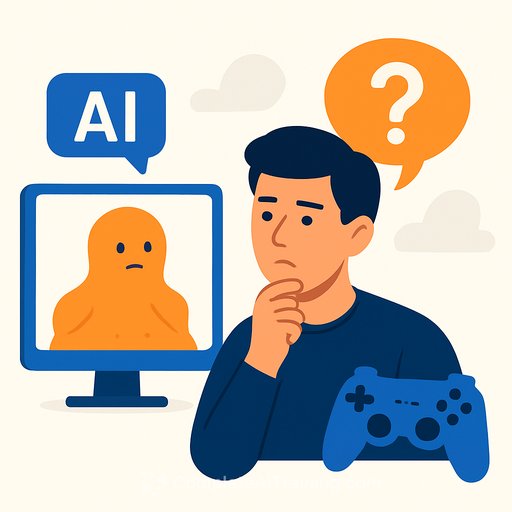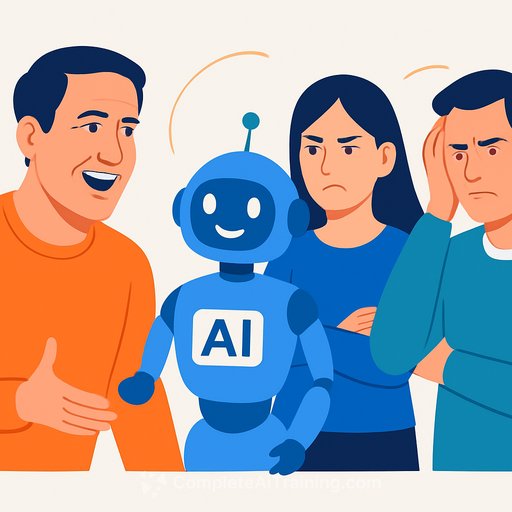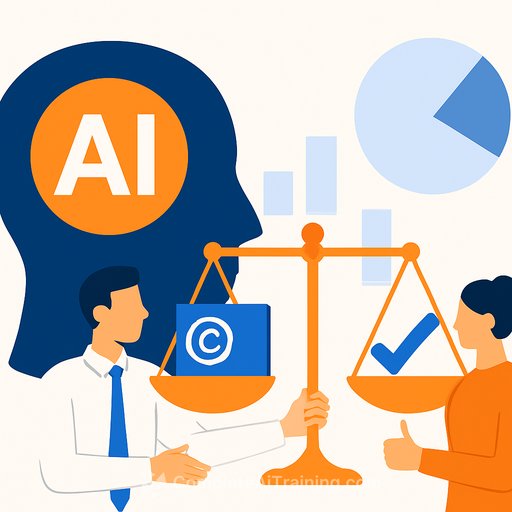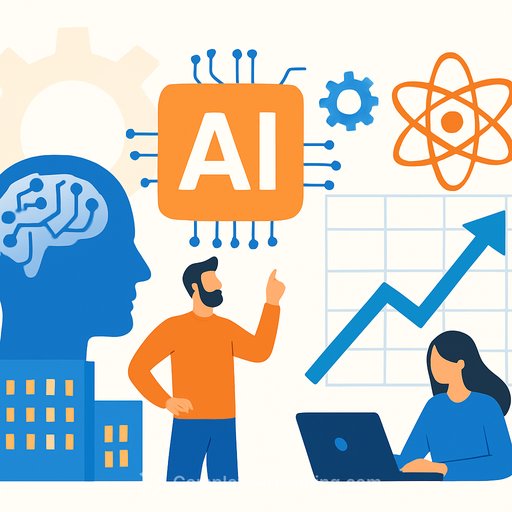"Gen Z loves AI slop": What that claim means for creatives
AI-generated content is everywhere-memes, short-form video, indie games, even big-budget titles. It triggers backlash, trends, then repeats. The question isn't whether it's "good" or "bad." The question is what consumers tolerate and what they pay for.
That's the argument from Jacob Navok, former Square Enix director and now CEO at Genvid. After the reaction to Silent Hill: Ascension, he's stirred debate again by saying most people don't care if content is AI-led. His take is blunt: "Gen Z loves AI slop."
The claim, in plain terms
Navok points to Roblox's Steal a Brainrot as proof: a hit experience built around 3D models of AI-generated assets. He also says studios are already using generative tools in the concept phase and leaning on assistants like Claude for code. In his view, focusing on AI art while ignoring AI in code is emotional, not logical.
He goes further: if you plan to "vote with your wallet" against AI, you'd have to avoid Microsoft-published games, anything running on Nvidia hardware, and titles using GCP. That effectively rules out giant chunks of the industry.
Pushback from players (and why it matters)
Plenty of responses hit back on one point: not all AI is treated equally. Many players don't mind code assistance. They notice when a TTS voice clashes with performance, or when a Midjourney-style texture breaks the art direction.
Others argue this: cheap cash-grab design existed long before AI. AI didn't invent low-effort content; it just made it faster to produce. That's the tension you're building in as a creative: speed vs. taste.
What creatives should do right now
You can't control how the market shifts. You can control how you ship. Use AI where it helps, and draw hard lines where it hurts experience, brand, or trust.
Practical guardrails for your workflow
- Prototype fast, finish human: Use AI for concepting, thumbnails, mood boards, rough VO, and quick variations. Lock final assets with human craft.
- Art direction first: Create a style bible that AI must match. Build a "red flag" checklist for AI artifacts: warped hands, text gibberish, uncanny lighting, off-brand composition.
- Voice quality matters: Players spot TTS. If you use synthetic voices, blend with performance direction and post-processing, or hire actors for hero lines and emotional beats.
- Code is a tool, not a crutch: Assistants like Claude can speed boilerplate and tests. Still do reviews, profiling, and security checks.
- Be clear on rights: Track sources, licenses, and training data risks. Document everything you plan to ship.
- Set audience expectations: Roblox-level scrappiness is judged differently than a $70 retail title. Calibrate polish to the promise you're making.
How to differentiate in an AI-saturated feed
- Lean into taste: Anyone can prompt. Not everyone can direct color, pacing, voice, and narrative moments that feel intentional.
- Build signature moves: Reusable visual motifs, sound design patterns, and camera language that make your work recognizable even if AI assisted the grunt work.
- Ship with restraint: Use AI to remove friction for your team-not as a shortcut your audience can feel.
Where AI is already embedded
Concept art pipelines. Style exploration. Material iterations. Temp VO. Code scaffolding. That's normal now. The mistake is treating all AI use the same in public perception.
Players forgive behind-the-scenes speedups. They punish on-screen shortcuts that break immersion. Keep the magic trick behind the curtain.
What to watch next
- Quality deltas: Expect more projects that mix AI with human polish. The winners will hide the seams.
- Voice and likeness: Tighter rules, disclosure norms, and public sensitivity around synthetic voices and talent rights.
- Taste gap: As AI floodgates open, the market will reward direction, curation, and editing more than raw generation.
Bottom line
"AI slop" can still win attention, especially with younger audiences raised on memes and speed. But attention isn't the same as loyalty. Craft still compounds-when used as a filter on top of faster workflows, not a replacement.
Resources
- Generative art tools: curated options for rapid concepting
- Claude certification: practical workflows for creatives and teams
Your membership also unlocks:






